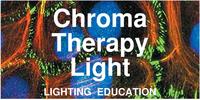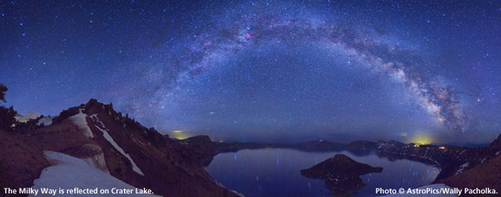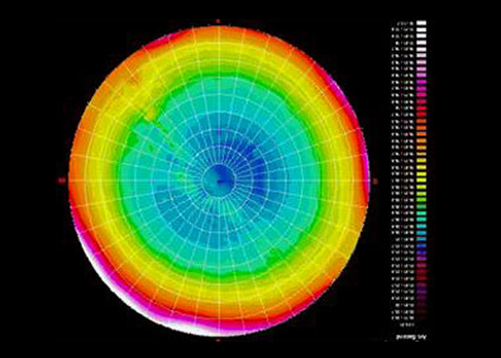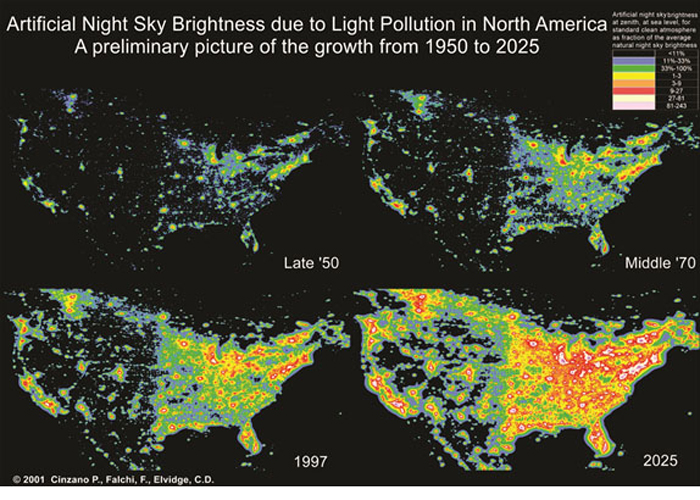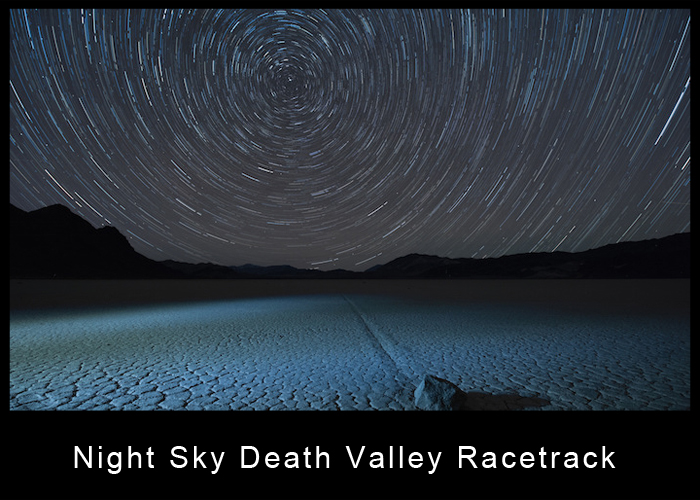Starry Night Programs, Dark Sky Towns & ParksDark Sky Reserves - Learning Objectives
Dark Sky Reserves
National Park Service of the United States and other countries have created Dark Sky Reserves for preserving our night skies and shielding them from light Pollution.
The Milky Way reflected in National Park Crater Lake
National Park Service Starry Night Skies
"Starry night skies and natural darkness are important components of the special places the National Park Service protects. National parks hold some of the last remaining harbors of darkness and provide an excellent opportunity for the public to experience this endangered resource. The NPS is dedicated to protecting and sharing this resource for the enjoyment of current and future generations.
The NPS uses the term "natural lightscape" to describe resources and values that exist in the absence of human-caused light at night. Natural lightscapes are critical for nighttime scenery, such as viewing a starry sky, but are also critical for maintaining nocturnal habitat. Many wildlife species rely on natural patterns of light and dark for navigation, to cue behaviors, or hide from predators. Lightscapes can be cultural as well, and may be integral to the historical fabric of a place. Human-caused light may be obtrusive in the same manner that noise can disrupt a contemplative or peaceful scene. Light that is undesirable in a natural or cultural landscape is often called 'light pollution.'" [1] Light at night - Great Smoky Mountains National Park
The CCD camera takes an image of the sky looking straight up. Dark blue areas are dark skies; red, pink, and white show light pollution.
Simulation of light pollution growth in the US: 1950s, 1970s, 1990s, and projected to 2025.
"Light pollution is increasing globally, in both developed and developing countries. Most of the data on the growth of light pollution comes from a handful of weather satellite images and computer modeling using population trends. An examination of North American light emissions shows a roughly six percent annual increase from 1947 to 2000 (Cinzano & Elvidge, 2003). This may be a conservative estimate, as measurements over smaller areas and shorter time spans show annual increases of eight percent for Las Vegas, Nevada (NPS measurements, 2002–2008), and 10 percent in northern Italy (Cinzano, 2000). These increases exceed the population growth rate, indicating that the increase in light pollution is primarily due to a multplication of two factors—more light emitted per capita and a greater percentage of uplight from light fixtures.
The exceptions to this rapid light pollution growth rate include Eastern Europe, which suffered economic hardship and government collapse in the 1990s, and areas where lighting regulations have been created and enforced, such as Tucson, Arizona, portions of Northern Italy (Falchi, 2011), and Flagstaff, Arizona (NPS measurements, 2002–2012). Though the light pollution trend has been sobering and future predictions for dark skies are bleak, there are clear examples where efforts to protect and restore dark skies have been successful." [2] How to practice light courtesy when camping or RV camping.Jason Takacs is an outdoor writer who has compiled this list for a camper's website, helping all of us share the beauty of the night sky. https://www.thorindustries.com/stories/rv-camping-light-courtesy
|
Happy Centennial to the NPS
At 8,540 square miles, Death Valley is our largest International Dark Sky Park. The park’s distant from large cities of the southwest means that much of the night sky above the desert floor is near pristine and, in many places, offers views close to what could be seen before the rise of cities. The park prides itself on the sense of solitude and quiet found there, yet it still attracts nearly a million visitors per year. The 3.4 million acre park is largely free of its own sources of light pollution but the lights of distant Las Vegas and other cities do have an impact on the park’s skies and desert nightlife.
More Night!
These links are from the National Park Service Natural Sounds & Night Skies Division - https://www.nps.gov/subjects/nightskies/more.htm
This partial list of resources gives additional, useful information about all things night sky:
The International Dark Sky Places conservation program recognizes and promotes excellent stewardship of the night sky
The Dark Sky Places program offers five types of designations:
How hard can it be to see the Milky Way? Read this article by Heather Smith and follow her journey to see the night sky. [1] https://www.sierraclub.org/sierra/2018-2-march-april/feature/hunt-for-stars-dark-skies-preserves-and-parks
Footnotes
Photo Credits
|
- Home
-
- CHROMA Topics
- Color Spectrum - Light is Energy
- Color in Light
- Color in Nature
- Color in Paint
- Why does paint fade?
- Color Names & Meanings
- Color Phenomena
- Color Perception is Individual
- Color In Fashion
- Color for your home
- Color in Space
- Color Blindness
- Color Blind Interview
- Synesthesia
- Synesthete Deborah Borrowdale-Cox
- Synesthete Stephen Orr, BH&G Editor
-
- Circadian & THERAPY Topics
- Circadian Explained
- Circadian Ganglion Cells
- Circadian Melatonin
- Circadian Animals
- Circadian Research
- Autism & Lighting for the Spectrum
- Blue Light Dimming Apps
- Red Night Lights
- Vitamin D & Light
- SAD - Seasonal Affective Disorder
- Alzheimers and Light Therapy
- Photosensitivity - Light Sensitive Drugs
- Red Light Therapy
- Sleep & Lighting
- Dreams and Second Sleep
- NASA - Lighting in Space & Undersea
- Jet Lag
- Sunglasses
- Chakras
- Crystals, Minerals, & Gemstones
-
- LIGHTing Design Topics
- UV Germicidal Disinfection Light
- LED Lighting Facts Card
- CRI - Color Rendering Index
- LED TM-30
- LED Kelvin Color
- LED LPW
- LED Flicker
- LED Glare
- OLED - Organic LED
- Human Centric Lighting
- Lighting with Daylighting
- Lighting for Healthy Buildings & Zero Net Energy
- Lighting for Healthcare
- Lighting for Horticulture
- Lighting for Hospitality & LED Retrofits
- Lighting for Museums
- Lighting for Seniors & Low Vision
- Lighting Design Tips & Codes
- Parking Lot Lighting
- Solar Lighting for Humanity & World Health
- Davis Insectary Garden
- Santa Barbara Mesa Insectary Garden
- Home
-
- CHROMA Topics
- Color Spectrum - Light is Energy
- Color in Light
- Color in Nature
- Color in Paint
- Why does paint fade?
- Color Names & Meanings
- Color Phenomena
- Color Perception is Individual
- Color In Fashion
- Color for your home
- Color in Space
- Color Blindness
- Color Blind Interview
- Synesthesia
- Synesthete Deborah Borrowdale-Cox
- Synesthete Stephen Orr, BH&G Editor
-
- Circadian & THERAPY Topics
- Circadian Explained
- Circadian Ganglion Cells
- Circadian Melatonin
- Circadian Animals
- Circadian Research
- Autism & Lighting for the Spectrum
- Blue Light Dimming Apps
- Red Night Lights
- Vitamin D & Light
- SAD - Seasonal Affective Disorder
- Alzheimers and Light Therapy
- Photosensitivity - Light Sensitive Drugs
- Red Light Therapy
- Sleep & Lighting
- Dreams and Second Sleep
- NASA - Lighting in Space & Undersea
- Jet Lag
- Sunglasses
- Chakras
- Crystals, Minerals, & Gemstones
-
- LIGHTing Design Topics
- UV Germicidal Disinfection Light
- LED Lighting Facts Card
- CRI - Color Rendering Index
- LED TM-30
- LED Kelvin Color
- LED LPW
- LED Flicker
- LED Glare
- OLED - Organic LED
- Human Centric Lighting
- Lighting with Daylighting
- Lighting for Healthy Buildings & Zero Net Energy
- Lighting for Healthcare
- Lighting for Horticulture
- Lighting for Hospitality & LED Retrofits
- Lighting for Museums
- Lighting for Seniors & Low Vision
- Lighting Design Tips & Codes
- Parking Lot Lighting
- Solar Lighting for Humanity & World Health
- Davis Insectary Garden
- Santa Barbara Mesa Insectary Garden
